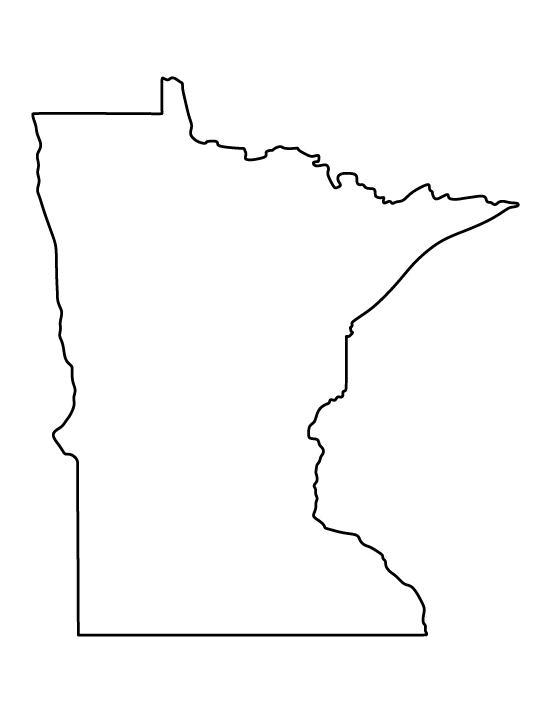Minnesota
Inventors Hall of Fame


Henry G. Lykken, Sr.
(1880 - 1958) A versatile and visionary inventor in many fields. Henry Lykken filed his first successful U.S. patent application in 1900, when he was 20. His last application was filed in 1958, the year he died. He was then 78 years old - a 58 year span of creativity. In 1913 he invented a pneumatic grain elevator. When the automobile era was in its infancy, in 1918 he invented an emergency tire. He invented coal pulverizers when the idea was so new he had to design his own furnaces. He developed fine-grinding and separating equipment used in the cosmetics, candy and pigment industries. Lykken invented the original equipment used in the new "turbo" flour milling process adopted by Pillsbury Mills in 1957. The process uses centrifugal force and blasts of air to reduce and separate flour particles. The process is mechanical - it does not involve heat, chemicals or distillation, and grinds wheat flour into particles about one-sixth the size of ordinary flour and separates higher percentages of starch and proteins. These particles are higher in protein content than the larger size particles produced by conventional milling equipment. Years in advance of any energy crisis he worked on methods for processing lignite coal to upgrade its fuel values. His inventions for the treatment of low-grade iron ore were stimulated by his interest in the efficient utilization of Minnesota’s resources.
He pioneered in the field of coal pulverizing, when the idea was so new that he had to design his own furnaces to burn the pulverized fuel. As the nation now turns again to coal as a main source of energy, Lykken’s pioneering work on coal pulverizing, feeding and burning, and his later inventions for the dehydration and conversion of large lignite reserves into a more useful fuel, assume renewed significance.
While his inventions were concerned mainly with coal pulverization, the fine grinding of diverse other materials, and the classification and separation of particulate matter, Lykken’s patents ranged widely into other areas: for example, a household cleaning implement, a pneumatic grain elevator, an emergency tire, kilns, tiles, and furnaces, a concrete surfacing device, a water softener, methods of conditioning and treating low-grade iron ores, an apparatus for making endless V-belts, and methods for processing lignite coal.
In 1935, he left his position as chief engineer for Strong-Scott to develop inventions in the fine grinding field in areas other than coal. He developed machines used by the cosmetics, sugar, candy and pigment industries and during World War II developed special machines to further the war effort.